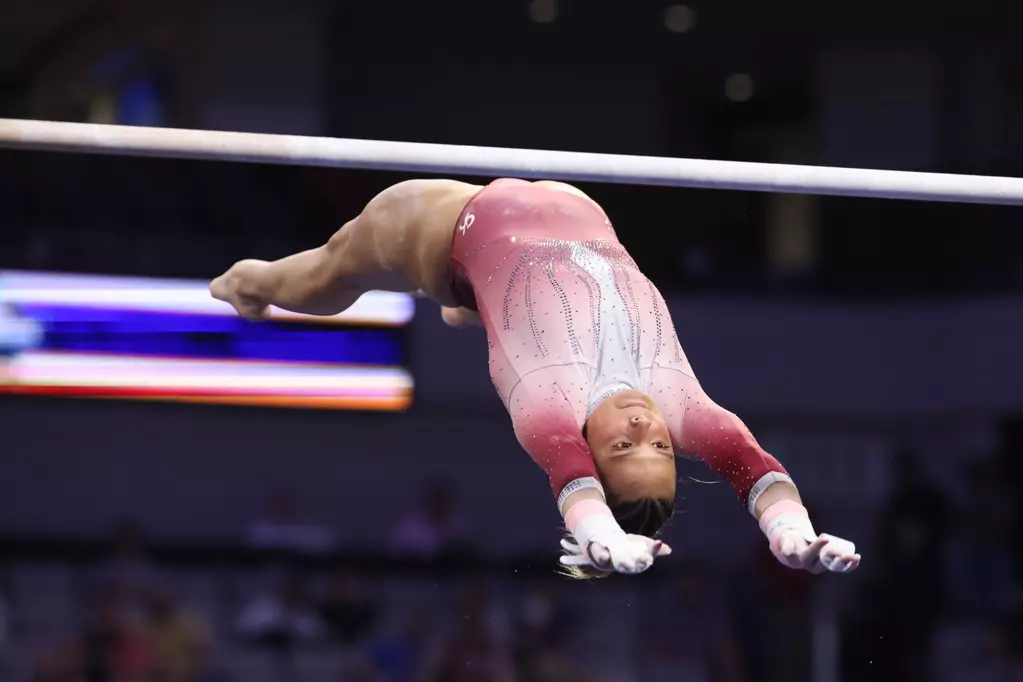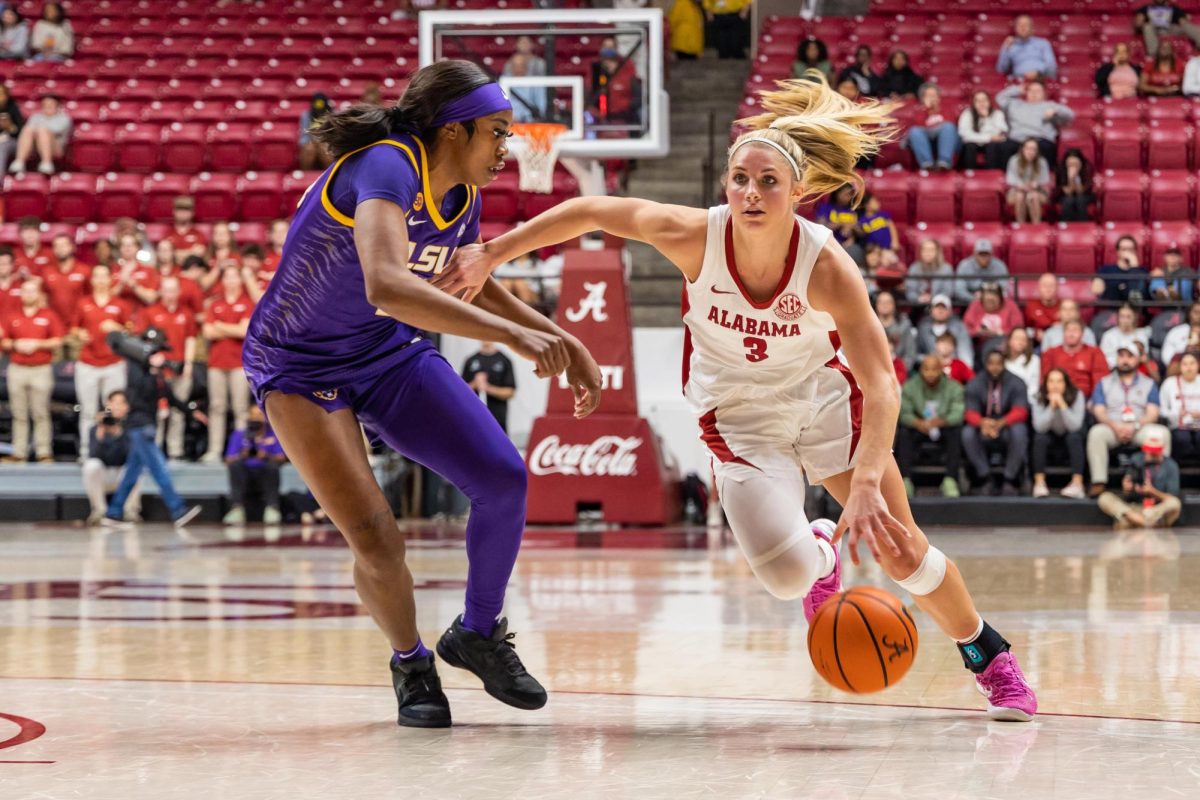The question of whether the NCAA should pay collegiate athletes has been a back-and-forth issue in the media for years, and universities have been caught up in scandals and allegations regarding player payment.
This month, Alabama’s former right tackle D.J. Fluker came under allegations that he took money from an agent. Johnny Manziel recently filled the headlines with an alleged scandal that he was selling autographs for profits. A few years ago, allegations were directed toward Auburn University for paying Cam Newton.
There are advocates on both sides similar to political parties campaigning. Advocates argue that the collegiate athletes should be compensated for the added publicity in their lives; universities should pay athletes for their service to the team. On the other hand, critics argue that the athletes are paid through full-ride scholarships that total in thousands of dollars. Critics also argue that paying players would further create disparity among athletes and among large and small universities.
There has to be a middle line between these two extremes. Whether collegiate athletes should or should not be paid is not the right question that should be asked. Finding a balance should be essential to dovetailing scandals and cooling the heated debate. A fine line needs to be created.
Collegiate athletes often act as poster boys for their universities. Somewhere down the line, the difference between being a collegiate athlete and a professional athlete got blurred. That collegiate athletes can be featured so heavily in the media and contribute their likeness, such as in the discontinued NCAA football video game series, is an infringement upon the athletes’ rights. Athletes should be compensated for endorsements that are used for a commercial means.
The NCAA and universities have to tread carefully moving forward. Any plans should be well calculated to avoid the problems that critics see arising. A wrong move would create tension among athletes and unequal opportunity among gender and race. Another factor to consider would be the different income rate of the different divisions of universities. All variables must be accounted for to avoid a weakening university and raised tuition rates for the student population.
Despite – and maybe because of – the indiscretions of the current and proposed system, a third option must be created. It would take time and careful calculation but perhaps overall would be beneficial. In order for this to happen, people have to stop this match of tug of war and start asking the right questions.








